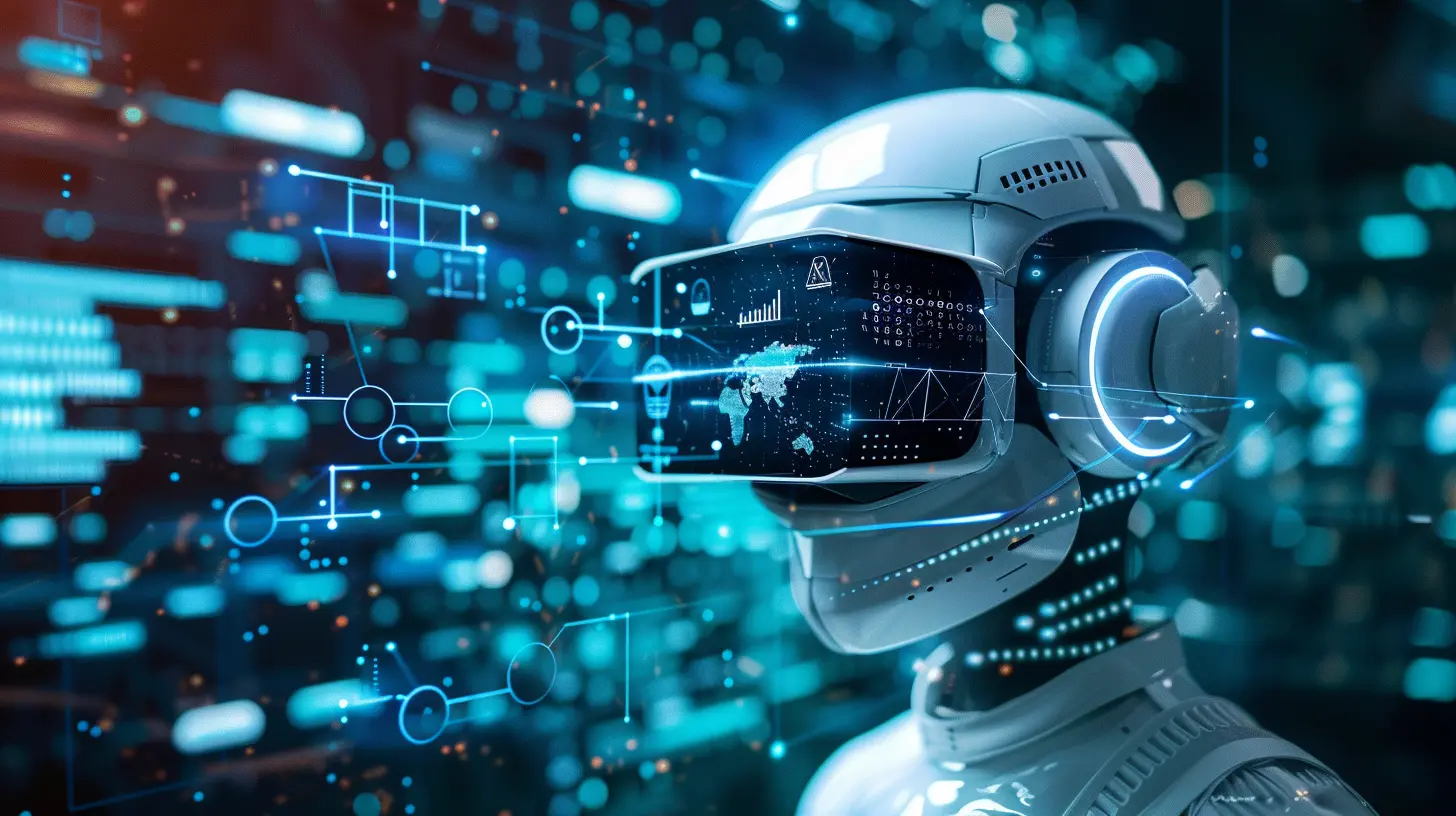The Role of Artificial Intelligence in Enhancing Virtual Classroom Experiences
7 November 2025
The way we learn has completely transformed in the digital age. Gone are the days of traditional chalk-and-blackboard learning, as technology takes center stage. One of the biggest game-changers? Artificial Intelligence (AI).
AI isn't just a buzzword—it's actively reshaping the way students and teachers interact in virtual classrooms. From personalized learning experiences to real-time feedback and automated grading, AI is making online education more efficient, engaging, and accessible.
But how exactly is AI supercharging virtual learning? Let’s break it down.

How AI Is Revolutionizing Virtual Classrooms
AI has seeped into nearly every industry, and education is no exception. Within virtual classrooms, AI-powered tools are making learning smarter, more interactive, and tailored to individual student needs.1. Personalized Learning Experiences
Every student learns at their own pace, and AI ensures that no one is left behind (or slowed down). Intelligent tutoring systems use AI algorithms to assess a student’s strengths and weaknesses, adapting the content accordingly.Ever noticed how Netflix recommends shows based on your watch history? AI in education works the same way—it analyzes a student’s progress and delivers personalized content suited to their learning style. This means struggling students receive extra support while advanced learners get more challenging material.
2. Intelligent Chatbots as Virtual Teaching Assistants
Imagine having a tutor available 24/7, ready to answer your questions in real time. That’s exactly what AI chatbots offer!These virtual assistants can:
- Answer frequently asked questions
- Provide explanations for difficult concepts
- Help with administrative tasks (like scheduling assignments)
For students, this means instant help without waiting for an email response from a teacher. And for educators? It reduces their workload, allowing them to focus on more complex instructional tasks.
3. Automated Grading and Feedback
Grading assignments is one of the most time-consuming tasks for teachers. But with AI, this process becomes faster and more efficient.AI-powered systems can:
- Grade multiple-choice tests instantly
- Assess essays using natural language processing
- Provide constructive feedback to students in real time
This doesn’t just save time—it ensures that feedback is timely, helping students improve while lessons are still fresh in their minds.
4. AI-Powered Gamification for Increased Engagement
Let’s face it: staring at a screen for hours can get boring. But AI-driven gamification is making virtual learning more engaging by turning lessons into interactive experiences.Through AI-based simulations, quizzes, and rewards, students remain motivated, just like in video games. Features like leaderboards, achievement badges, and interactive challenges keep students engaged and eager to learn.
5. Real-Time Data Analytics for Educators
AI doesn’t just benefit students; it’s a powerful tool for educators too.By analyzing student data, AI provides deep insights into learning patterns, helping teachers identify struggling students before they fall behind.
With AI analytics, teachers can:
- Detect learning gaps early
- Adjust teaching methods on the fly
- Improve overall course effectiveness
In short, AI takes the guesswork out of teaching by offering data-driven insights.
6. Voice Recognition for Accessibility
AI-driven voice recognition tools are breaking barriers in education by making learning more accessible for students with disabilities.For example:
- Speech-to-text tools help students with hearing impairments
- AI-powered reading assistants aid students with dyslexia
- Smart subtitles make video lectures inclusive for everyone
This ensures that online education caters to all students, regardless of their learning challenges.
7. AI-Driven Language Translation for Global Learning
Education knows no borders, and AI is making global learning a reality.Imagine an English-speaking teacher delivering lessons to students from different countries—language barriers could be a huge challenge. But not with AI-powered translation tools!
These tools provide real-time translations of text, speech, and even subtitles, enabling smooth communication between students and teachers worldwide.
This technology is particularly valuable in multinational virtual classrooms, helping students engage with course material in their native language.

The Future of AI in Virtual Learning
AI in education is still evolving, and the possibilities are endless. Here’s what we can expect in the near future:- More advanced AI tutors – AI-driven tutors will become even more sophisticated, offering deep, personalized learning assistance.
- Emotional AI – Imagine an AI that understands student emotions through facial expressions or typing patterns. Emotional AI could adapt teaching styles based on student mood and engagement levels.
- Smart content creation – AI will help educators create detailed lesson plans, quizzes, and even virtual reality (VR) learning environments.
While AI will never replace teachers, it will continue to complement their efforts, making virtual classrooms more effective and student-friendly.

Potential Challenges & Ethical Concerns
Of course, AI isn’t without challenges. Here are some concerns that educators and institutions must address:- Data privacy – Student information must be carefully protected to prevent breaches.
- Dependence on technology – Over-reliance on AI might reduce critical thinking and problem-solving skills.
- Bias in AI algorithms – If not properly trained, AI systems can reinforce existing biases in education.
That said, responsible AI development and ethical guidelines can help mitigate these risks, allowing AI to positively shape the future of education.

Final Thoughts
Artificial Intelligence is no longer just a futuristic concept—it’s actively transforming virtual classrooms for the better. From personalized learning to automated grading, real-time data analytics, and accessibility improvements, AI is making education smarter, more engaging, and more inclusive.While challenges exist, the potential benefits far outweigh the drawbacks. As AI continues to advance, virtual learning experiences will only get better, ensuring that students receive a high-quality education no matter where they are.
The classroom of the future isn’t just digital—it’s intelligent.
all images in this post were generated using AI tools
Category:
Virtual ClassroomsAuthor:

Zoe McKay
Discussion
rate this article
1 comments
Dusk Smith
Great article! It's inspiring to see how AI can transform virtual classrooms, making learning more engaging and personalized. Embracing these technologies can significantly enhance the educational experience for both students and educators. Thank you for sharing!
November 15, 2025 at 12:56 PM

Zoe McKay
Thank you for your kind words! I'm glad you found the article inspiring. Embracing AI truly has the potential to revolutionize education!


